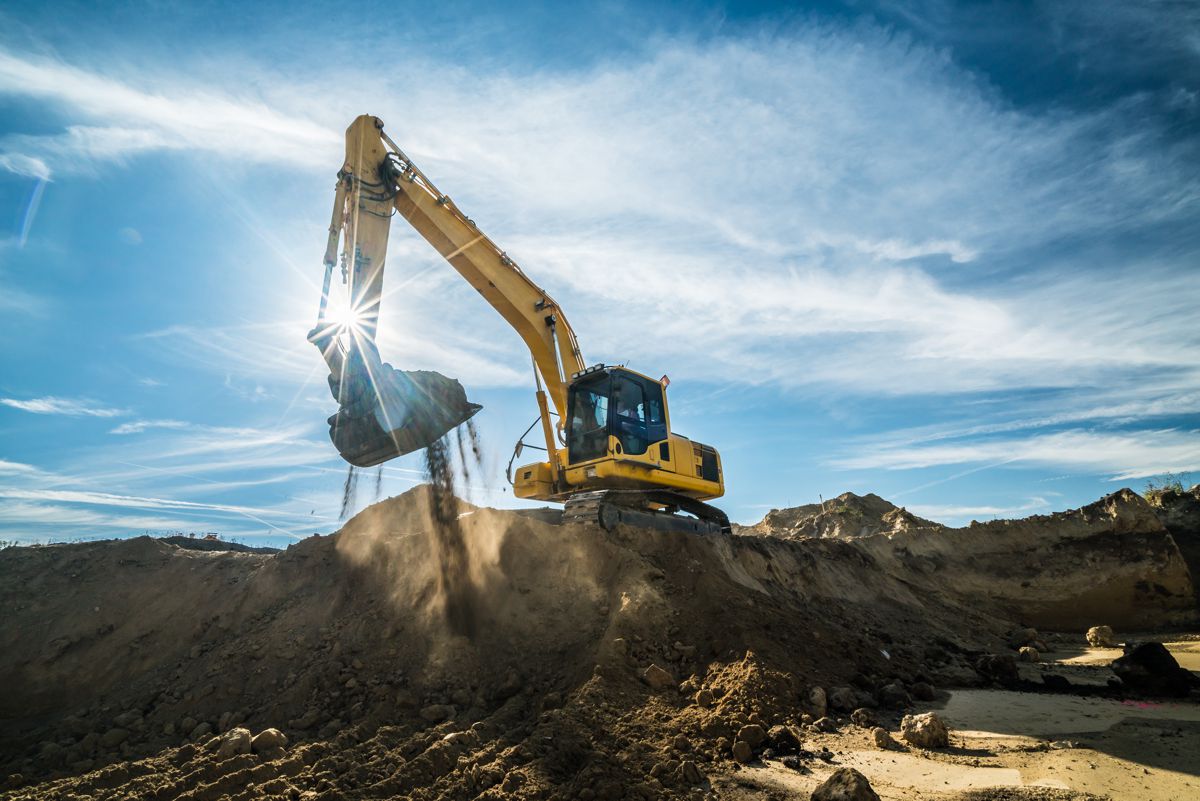Circular use of Aggregates could reduce emissions and save Europe €6B per year
A new report by Sweco found it possible to reduce costs for raw material by approximately EUR 6 billion per year in Europe through circular use of excavation material. Moreover, new circular methods generate benefits in the form of reduced emissions. Despite this, reuse of excavation material remains low in Europe.
Each year, Europe produces 4.2 billion tonnes of aggregates. This volume is equivalent to covering an entire country the size of Denmark to a depth of 33 cm every year and is the size of 33 Matterhorn Mountain peaks.
Today, the European aggregate sector is only 7 per cent circular, but it is possible to reach 20 per cent circularity according to the European Aggregates Association. In the new Urban Insight report “Circular materials in infrastructure – The road to a decarbonised future,” Sweco shows that by going from a 7 per cent circular use of aggregates to 20 per cent, it is possible to reduce virgin material costs by up to EUR 6 billion, saving 546 million tonnes each year. This is almost the same quantity that Germany produces every year.
“Materials created during construction comprises a resource and should be valued as such. Even marginal improvements in the management of these materials can lead to major monetary and emission benefits due to the large quantities that are processed,” says Karin Larsson, Team Manager Waste and Resource Management at Sweco in Sweden.
Sweco has studied two European railway construction projects and found that by increasing the circular use of aggregates to achieve a 1 per cent reduction in the transportation need, a saving of EUR 3.2 million and 1,500 tonnes of CO2e could be realised due to 347,000 km reduction in transportation.
“Given the scale of major infrastructure projects and the current and future investment needs, it is high time to get started. The potential savings in terms of money and the environment are huge when aggregates are processed in a circular manner,” says Karin Larsson.
To speed up the development, Sweco has made an action list aiming at making gains in the areas of:
- Regulation and guidance, procurement and specification;
- Collaboration, data use and digital tools; and
- Financial instruments and incentives and planning.
Read Sweco’s Urban Insight Report – Circular materials in infrastructure – the road towards a decarbonised future.




















